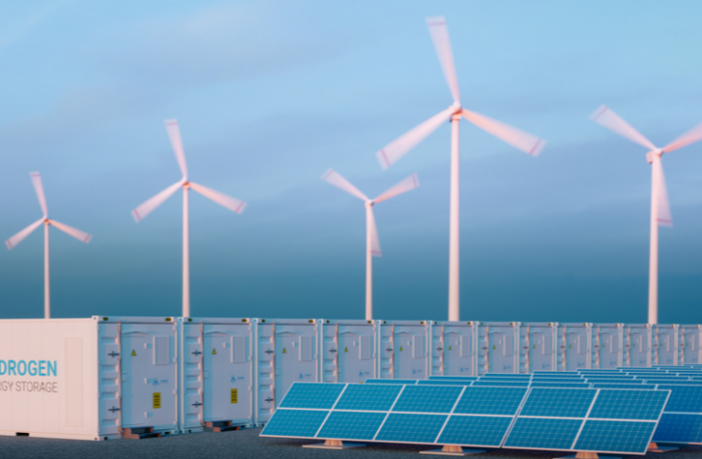Analysis
- Supermajor bp’s agreement with Oman to collect data and evaluate the sultanate’s renewable resource potential highlights how location will be critical to green hydrogen project economics.
The resources to be developed are not below ground, but rather the best mix of wind and solar. Location determines the consistency of power generation, which is a major driver of green hydrogen economics. Based on our analysis, a more stable supply of clean energy results in lower project costs, as the requirements around energy and hydrogen storage can be optimized.
The greater the level of variability of power supply, the greater the cost of buffer storage. The use of Renewable Energy Credits (aka REC), using the grid as an energy storage buffer is a short term solution but becomes a problem when the proportion of renewables creates an issue for grid stability.
With the entire green hydrogen value chain being nascent, getting access to the best location for consistent renewable power has a significant impact on project values. Therefore, the importance of capturing and analysing the renewables data on a large scale is analogous to geological surveys aimed at identifying technically and commercially visible hydrocarbon reserves. The 8000 km2 in the bp/Oman project aims to map the best spots and locations for renewable development.
By partnering with a major company like bp that is accustomed to performing large natural resource surveys, Oman is building strong foundations that is needed to meet its ambitions to become a world-scale green hydrogen production and export hub. Our analysis indicates that Oman’s green hydrogen levelized costs could reach <2 USD/kg by 2030, which positions Oman very favourably. The best locations will provide the project developers with significant competitive advantages.
The threat of changes in weather patterns will trigger increased scrutiny in the choice of the location of the future green hydrogen developments. The key question is whether other countries with similar ambitions will open their renewable potential acreage for site surveying. If so, will they adopt a similar partnership model or look at alternate innovative approaches?
Among technical and economic project screening criteria of green hydrogen/ammonia projects such as access to water, proximity to export infrastructures and existing hydrogen local demand, we expect the ready availability of quality data to assess the “renewables resources quality” to be a critical enabler in terms of facilitating the screening work of developers and providing confidence to potential investors.
Author: Claude Mourey
Caude is Director, Hydrogen and New Energies – MENA at Wood Mackenzie















